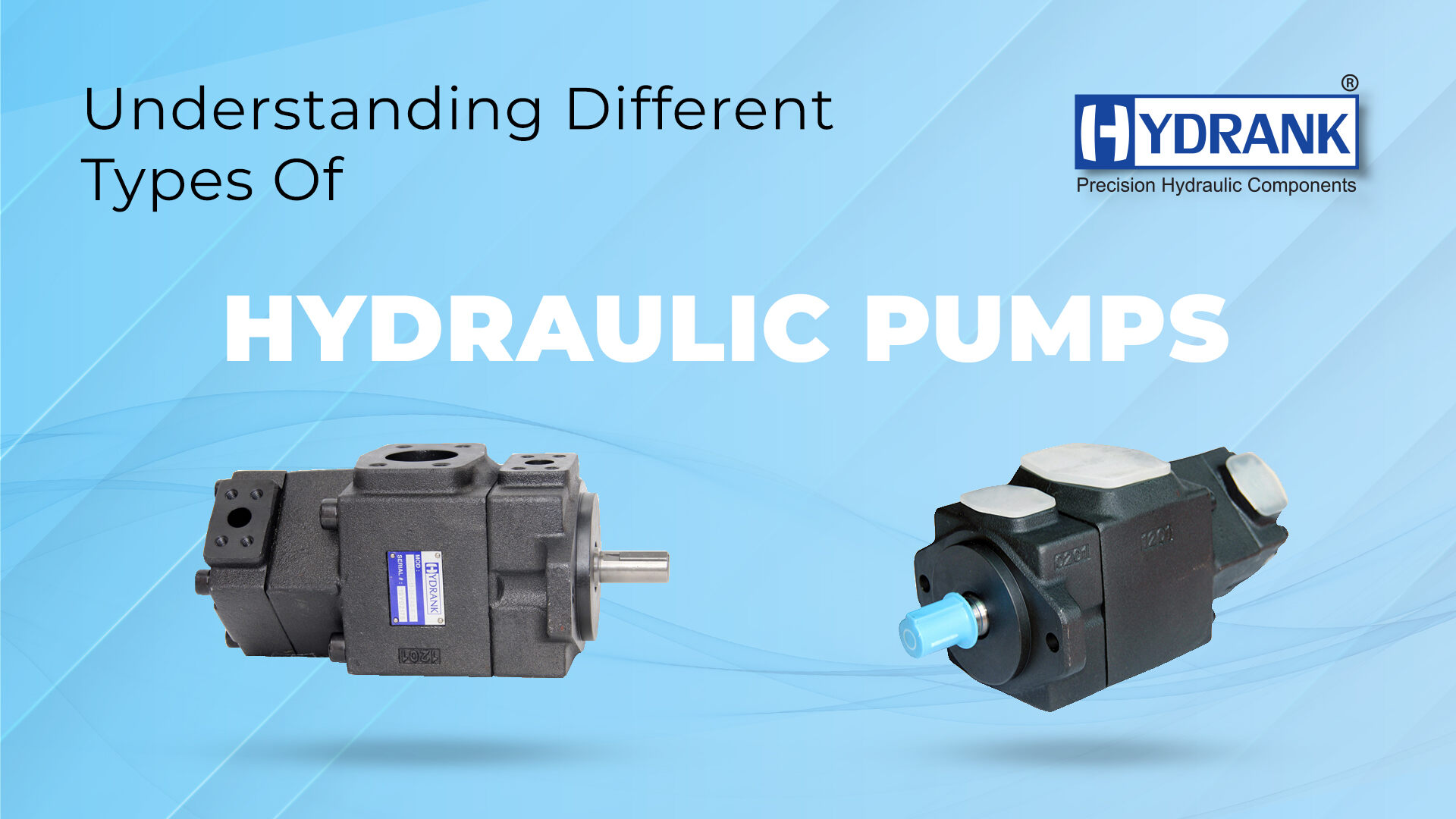-
Understanding Different Types of Hydraulic Pumps

Understanding Different Types of Hydraulic Pumps – Hydraulic pumps are essential tools widely utilized across different sectors. These devices find applications in various industrial and mobile hydraulic machinery, ranging from cranes and tractors to loaders and vacuum trucks. Given their versatility, hydraulic pumps are a mainstay in mining, vehicle manufacturing, oil and gas, forestry, marine, agriculture, and construction. It’s no wonder that according to Technavio, the global hydraulic pump market is projected to witness a considerable growth of $3.53 billion (£2.82 billion) between 2021 and 2026.
One can say that hydraulic pumps are the beating heart of hydraulic systems. The primary role of a hydraulic pump is to convert mechanical energy into hydraulic energy, characterized by a blend of flow and pressure. Essentially, any device that can be manipulated to create force and generate pressure, resulting in flow, qualifies as a hydraulic pump.
Different Types of Hydraulic Pumps
The world of hydraulic pumps encompasses three fundamental types:
- Gear
- Piston
- Vane pumps.
These pump classifications further branch into distinct subcategories, such as fixed and variable displacement pump types.
Powered by Electricity
Electrically driven hydraulic pumps are powered by electric motors, serving as vital energy sources for hydraulic systems. Modern electric pumps are particularly effective for smaller to medium-sized hydraulic tools, making them ideal for applications necessitating convenient pump mobility.
Manual Operation with Hydraulic Hand Pumps
Hydraulic hand pumps operate through manual force exerted on an actuator, propelling the fluid. This actuator can be a handle, lever, or toggle. Hydraulic hand pumps find utility in various applications, including water pumping and hydraulic fluid distribution.
Air-Driven Hydraulic Pumps
Air hydraulic or pneumatic hydraulic pumps utilize compressed air to initiate pump action, converting pressurized liquids into energy. These pumps play a vital role across multiple industries, facilitating the lifting of heavy loads and transporting materials with reduced initial force.
Portable Cordless Battery-Powered
Hydraulic Pumps High-pressure cordless battery-powered hydraulic pumps are prized for their safety, speed, and portability. They prove invaluable in remote settings lacking power sources, ensuring efficiency and convenience. These cordless pumps find application indoors, especially when prioritizing size, minimizing trip hazards, and optimizing’s ergonomics.
Constant Output Pumps
A constant-output pump belongs to the positive displacement category, exhibiting an unalterable displacement volume due to the absence of control mechanisms. This type maintains a steady flow rate, ensuring that each motor stroke propels the same quantity of fluid. Constant output pumps boast straightforward maintenance, cost-effectiveness, and simplicity, making them a preferred choice. These pumps find application in hydraulic systems with an open Centre. Among them, the gear pump stands as the most uncomplicated fixed-displacement pump. Rotating gears drive the hydraulic gears in this pump, with the gears interlocking for enhanced efficiency. Another notable variation is the screw pump, leveraging the renowned Archimedes screw to mobilise the fluid. Fixed displacement pumps are renowned for their capacity to deliver a high flow rate at relatively low pressure.
Adaptable Output Pumps
Adaptable output pumps effectively transform mechanical energy into hydraulic energy, and their hydraulic flow needs can vary depending on the operational circumstances. Unlike fixed displacement pumps, the swashplate of an adaptable output pump is adjustable, allowing for alteration based on pressure cues. Modifying the swashplate angle enables the pump to accommodate increased flow demands, resulting in an elongated piston stroke that augments pump displacement. These pumps find application in closed-Centre systems, functioning differently from their fixed displacement counterparts. In a closed Centre system, the swashplate angle of the adaptable output pump diminishes when the demand for flow decreases, preventing surplus flow or loss of hydraulic power.
Cogwheel Pumps
Cogwheel pumps are one of the most straightforward and prevalent hydraulic pump varieties today. They fall under the positive displacement pumps category, specifically fixed displacement pumps. Within this pump, fluid is propelled by containing a set fluid volume using intermeshed gears and then transferring it as the gears revolve. Typically, a gear pump comprises two gears: the driving gear, connected to a mechanical power source or prime movers, and the driven gear, which remains idle. The output of a gear pump yields a steady flow directly proportionate to the rotational speed of the gears. This pump type is predominantly deployed for generating high pressure.
These pumps find application in hydraulic systems with an open-Centre configuration. They confine oil in the spaces amid the pump’s body and the teeth of its two gears, circulating it around the gear cavity’s periphery and propelling it through the exit port upon gear meshing. A minute quantity of pressurized oil behind the wear plates pushes it firmly against the ends of the gear, enhancing pump efficiency. Gear pumps are commonly assessed based on the pump’s maximum input speed restriction, highest pressure tolerance, and cubic inch displacement. Moreover, the swept volume for hydraulic gear pumps typically ranges between 1 to 200 millimetres. An intriguing detail about gear pumps is that their volumetric efficiency ranks lower than the other primary pump types.
Benefits of Gear Pump
- Simplicity and compactness with minimal moving components
- Cost-effective solution
- Low maintenance expenses
- Capable of generating high pressures (up to 3000 psi)
- Effective for pumping viscous liquids like oils with minimal leakage risk
- Operate in both directions, suitable for loading and unloading
- Resilient to contamination
Challenges with Gear Pumps
- Known for producing noticeable noise during operation.
- Limited range of sizes, rendering them unsuitable for substantial bulk flow rates.
- Not compatible with abrasive fluids due to the use of meshing gears.
India's Largest Hydraulic Vane Pump Supplier
contact us: +91 98989 09148
Delivery
Prompt and accurate delivery
Client Servicing
Pro after-sales customer support
Quality assurance
Top quality standards
Export
More then 10 countries
